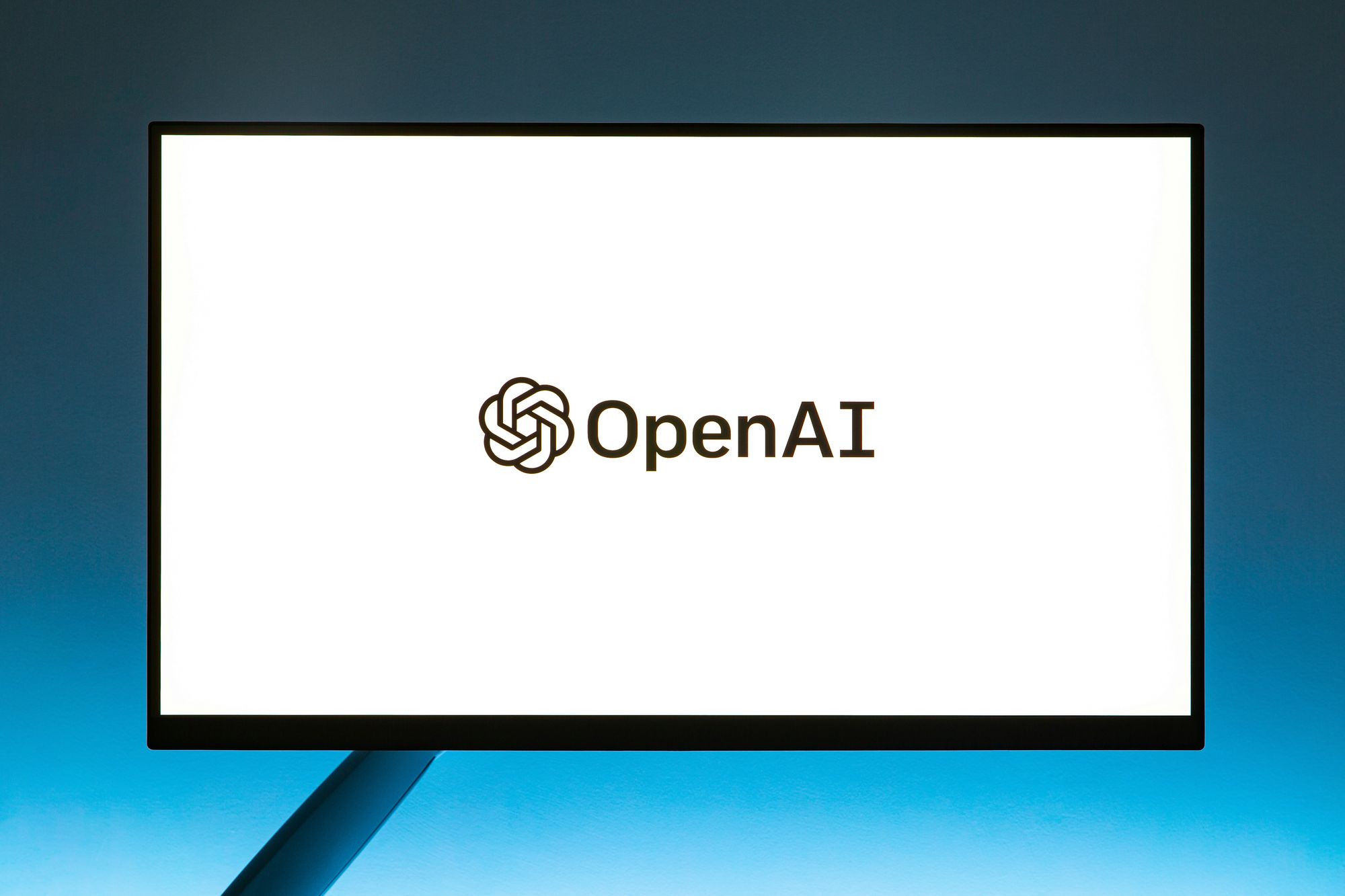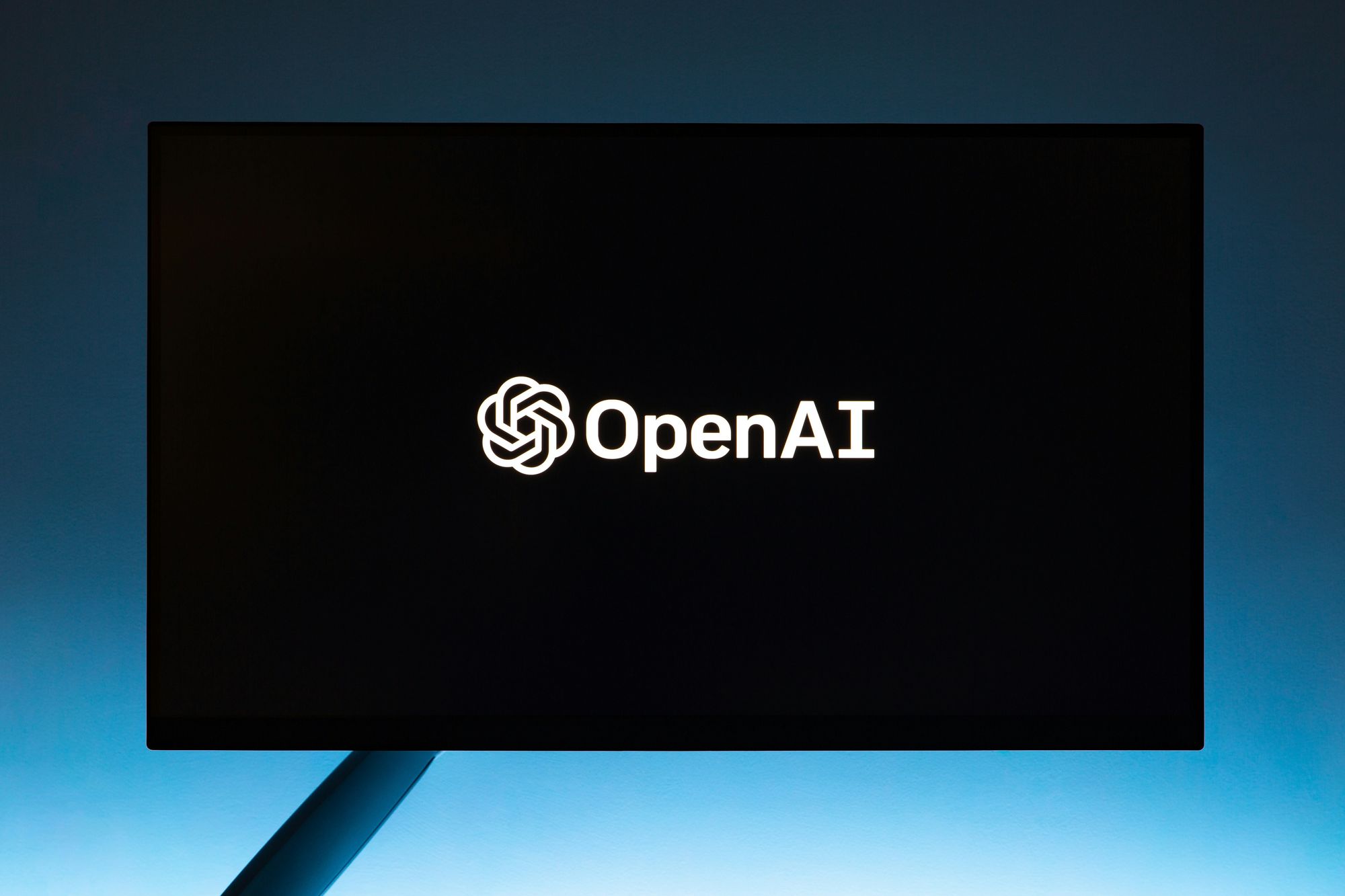How To Get Started With Open AI Text To Speech
Get acquainted with Open AI Text To Speech with this guide. Start creating high-quality, natural-sounding speech in a few simple steps!

Open AI text to speech has revolutionized the way we interact with technology, making it easier to consume information on the go or multitask efficiently. This powerful tool offers numerous benefits across various industries, from creating more accessible content to enhancing user experiences. Today, we'll explore how this innovative text to speech technology works, its applications, and how it can benefit you both personally and professionally. Let's delve into the world of Open AI text to speech to uncover its potential for growth and development.
What Is Open AI Text To Speech?

Open AI offers impressive text-to-speech (TTS) software that can make any written text sound natural and human-like. The TTS API leverages the Open AI AI model, with two variations: TTS-1 and TTS-1-HD. The former is optimized for real-time text-to-speech applications, while the latter is geared towards quality. Both versions come with six pre-built voices, allowing users to select the best fit for their needs.
This software can narrate blog posts, generate spoken audio in multiple languages, and even provide real-time audio output through streaming. Open AI's Usage Policies mandate clear disclosure to end users that the TTS voice they are hearing is AI-generated and not a human voice.
Features And Advantages Of Open AI TTS

The 6 Voice Personas
In Open AI Text To Speech, I must highlight the feature I find most impressive. The software's band of six voice personas is distinct and changes the tone of the generated audio. By offering a variety of voice personas, the API caters to different preferences and enhances the diversity of use cases for the tool.
MP3 File + 24k Hz Sample Rate
One of the crucial features of Open AI's Text To Speech software is its default setting for generating an MP3 file at a 24k Hz sample rate. This default setting is ideal for most users and ensures a high-quality output. This default setting simplifies the process and reduces the need for users to make adjustments.
Character Limits on Texts
Another critical feature of the Open AI Text to Speech software is the character limit of 4096, which is equivalent to approximately five minutes of audio at default speed. This feature not only allows users to create manageable files but also ensures that the API efficiently processes the input, enhancing the user experience.
Response Format Options
The default response format of the Open AI Text to Speech API is "mp3," but the software also offers other formats like "opus," "aac," "flac," and "pcm." This variety of response formats provides users with flexibility and compatibility with various systems and applications, making the API more versatile and user-friendly.
Real-Time Audio Streaming
The Speech API allows real-time audio streaming using chunk transfer encoding. This means that audio can be played before the full file is generated and accessible. This feature enhances the user experience by reducing waiting times and enabling immediate use of the generated audio.
Getting Started With The Open AI TTS API

Generating an API Key
First things first, we need to generate an API key to authenticate our requests to the OpenAI Text-to-Speech endpoint. Once you're logged into your OpenAI account, navigate to the OpenAI logo in the top left corner of the page to toggle the sidebar. Click on "API Keys" and then "Create new secret key" to generate a new API key. Make sure to save the key securely for future use.
Creating a Virtual Environment
A Virtual Environment provides a container where we can isolate the dependencies for a specific project. This allows us to work with different versions of Python and its various packages without interference. To create a virtual environment, just execute `python3 -m venv env` in your terminal.
Writing the Code
Next, we need to write the code to interact with the OpenAI Text-to-Speech endpoint. This involves specifying the model name, the text to be converted to audio, and the voice to be used for speech generation. You can use the provided code snippet to get started.
Passing the API Key Securely
Instead of directly passing the API key when initializing the OpenAI client, it's better practice to use a `.env` file and the `python-dotenv` package to securely read the key. This way, even if the code is public, the key remains concealed.
To install `python-dotenv`, run `pip install python-dotenv` in your virtual environment. Then, create a `.env` file with your key and refer to it in your code using `dotenv`. This ensures that your key stays secure while your code remains functional.
Customizing Voice And Output In Open AI Text To Speech

Diverse Built-in Voices
OpenAI's TTS API includes six unique built-in voices that reflect the diverse world we live in. The voices, namely Alloy, Echo, Fable, Onyx, Nova, and Shimmer, cater to various personalities and preferences. Users can set the voice they wish to use by utilizing the voice parameter in the client object.
These voices offer a range of expressions and tones, enabling users to choose the one that best fits their needs or purposes. By providing these diverse voices, OpenAI enhances the inclusivity and customization options for users looking to personalize their TTS experience.
Output Formats
While the default response of OpenAI's TTS API is an MP3 file, the platform offers a variety of output formats to meet different needs and preferences. Users can select from formats such as Advanced Audio Coding (AAC), Free Lossless Audio Coded (FLAC), Opus, WAV, and PCM.
Each format has its unique benefits and use cases, allowing users to tailor the format based on factors like audio quality, compression efficiency, file size, and application compatibility. By offering multiple output formats, OpenAI's TTS API ensures flexibility and adaptability for a diverse range of users seeking specific audio outputs for their projects or applications.
Open AI TTS Application

Narrate a written blog post or book
OpenAI's text-to-speech (TTS) API can be used to convert written content, such as blog posts or books, into spoken audio. This can aid in expanding the reach of these written works to a broader audience. Instead of finding a narrator or narrating the content oneself, the TTS API can efficiently convert the text document into speech. By simply passing the text to the API, the process is considerably shortened, saving time and effort.
Produce spoken audio in multiple languages
Language teachers can use OpenAI's TTS API to create personalized lessons for students in various languages and dialects. Although the voices are optimized for English, the API can generate audio in multiple languages. This feature eliminates the need for teachers to conduct group lessons and allows for a more personalized learning experience based on individual needs for language instruction.
Real-time audio output using streaming
The TTS capability offered by OpenAI allows for the creation of AI voices that are more realistic and expressive compared to traditional TTS systems. This feature is beneficial for video game developers, as they can apply it to characters within the game to enhance the overall gaming experience. By leveraging the API, developers can create more immersive gameplay through lifelike character interactions and dialogue.
Virtual Assistants
OpenAI's TTS API can be used to develop virtual assistants and chatbots that are more engaging and interactive than traditional options. By incorporating more lifelike voices and natural language processing, these virtual assistants can provide a more human-like interaction experience for users. This enhances the overall user experience and can be particularly useful for customer service applications.
Content Creation
Businesses can enhance their content creation strategies by utilizing OpenAI's TTS to transform their text-based content into audio format. By converting articles, blog posts, or other textual content into spoken audio, companies can reach a wider audience that prefers listening to content rather than reading. This can help increase engagement, accessibility, and overall reach of the content produced.
Understanding The Open AI API Pricing And Limits

The rate limits for the OpenAI TTS API start at 50 Request Per Minute (RPM) for paid accounts, and the maximum input size is 4096 characters – equivalent to approximately 5 minutes of audio at default speed.
When it comes to TTS models, pricing is as follows:
- Standard TTS Model: At $0.015 per 1,000 characters
- TTS HD Model: For $0.030 per 1,000 characters
If you are looking for a cost-effective way to integrate the TTS API into a small project, you may be better off opting for the standard TTS model. The TTS HD model is slightly more expensive but offers high-definition audio, which is ideal when the quality of your audio is paramount.
Try Unreal Speech for Free Today — Affordably and Scalably Convert Text into Natural-Sounding Speech with Our Text-to-Speech API
Unreal Speech offers a cost-effective text-to-speech API that provides exceptional quality and scalability. With natural-sounding AI voices, Unreal Speech stands out for its affordability, making it the most budget-friendly solution in the market. By leveraging this API, you can reduce your text-to-speech costs by up to 90%, enabling you to incorporate voice features into your products at a fraction of the cost.
If you are looking for an affordable, scalable, and high-quality text-to-speech API, Unreal Speech is the ideal solution for you. With its natural-sounding AI voices, fast response times, and user-friendly API, Unreal Speech can transform your product or application, offering a seamless and engaging experience to your users.
Try Unreal Speech today and bring your text to life with a human-like speech at an unbeatable price.